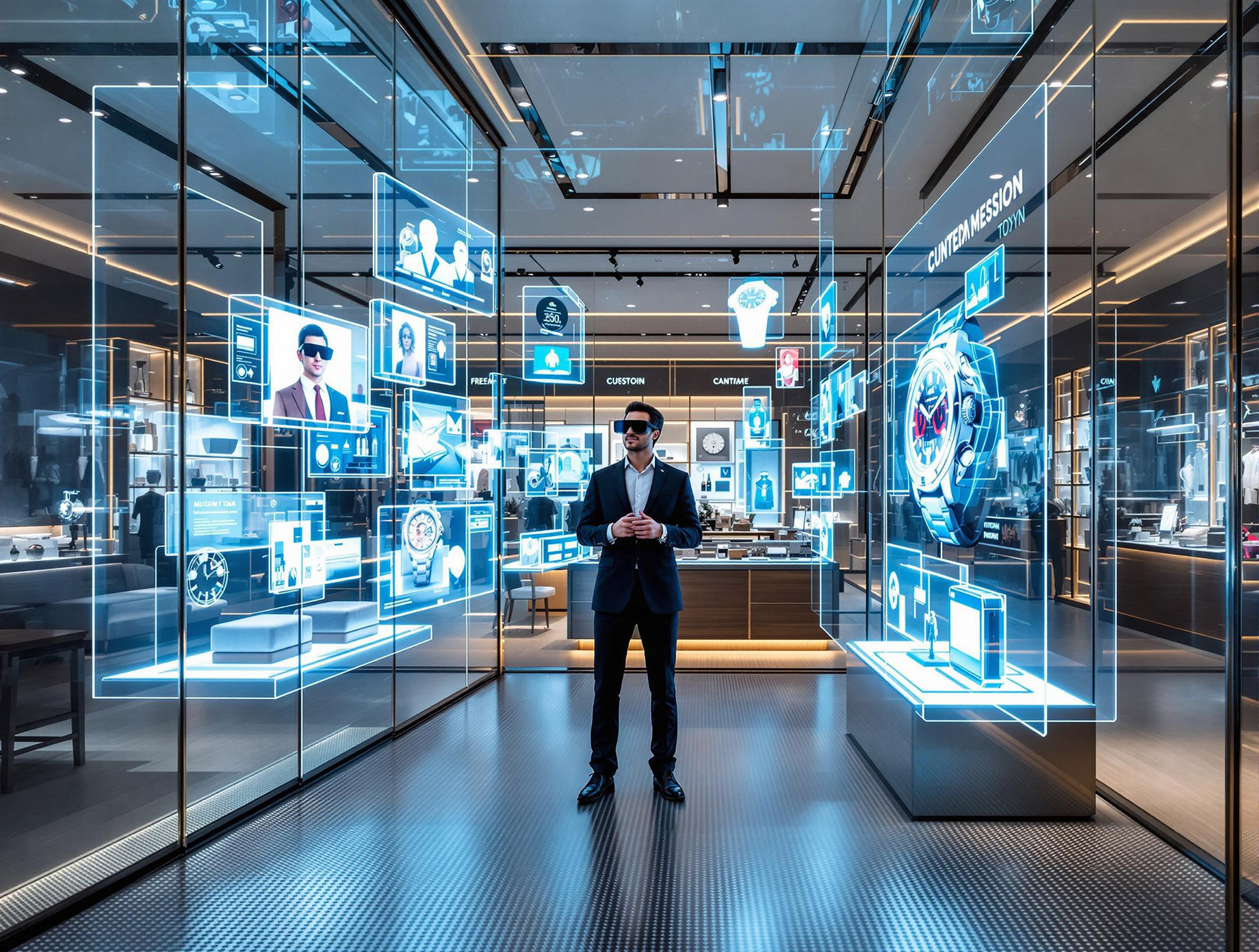
In the luxury market, experience is everything. Discerning consumers are no longer satisfied with simple online catalogs—they seek elegance, customization, and interactivity at every touchpoint. This is why AR ecommerce is quickly becoming the next frontier in digital luxury shopping. By blending augmented reality with sophisticated design principles, high-end brands are now able to create immersive, aesthetically rich shopping experiences that mirror the exclusivity of their physical stores.
What is AR Ecommerce?
AR ecommerce (Augmented Reality ecommerce) refers to the integration of AR technology into online shopping platforms. Using a smartphone, tablet, or AR glasses, users can view products in 3D, interact with them in real space, and customize features in real time. This isn’t just tech for tech’s sake—when paired with thoughtful design, AR becomes a storytelling tool, showcasing craftsmanship, material quality, and lifestyle context with unprecedented clarity.
Designing for Immersion: Beyond Just Product Previews
At the heart of any luxury shopping experience is design—not just in products, but in presentation. AR enables brands to elevate their digital aesthetics by:
- Creating spatially rich environments where products exist within curated, virtual interiors.
- Simulating high-end materials like marble, velvet, or polished brass with lifelike texture and lighting.
- Offering customization tools where users can alter fabric, color, or features, all in real time, with design fidelity.
This turns product interaction into an emotional, visual journey—essential in luxury branding where perception and prestige matter as much as product performance.
The Impact of AR on Interior and Product Design
AR ecommerce doesn’t only benefit marketing—it also reshapes how interior and product designers present their work:
- Interior designers can create AR-powered lookbooks that let clients preview furniture or décor in their own space.
- Product designers can show how variations of the same item (e.g. a custom-designed light fixture) look in different environments or scales.
- Architects can integrate AR ecommerce into their client presentations—allowing the purchase of custom elements within a virtual walk-through.
This seamless fusion of visual design and commercial function creates an elevated, intuitive design-led shopping experience.
AR Ecommerce in the Luxury Sector
High-end brands are early adopters of AR technology not just because it’s innovative—but because it aligns with their ethos of exclusivity and personalization. Use cases include:
- Luxury furniture retailers offering AR previews in curated digital interiors
- Watch and jewelry brands enabling lifelike virtual try-ons
- Fashion houses launching couture lines via AR lookbooks
- Real estate developers showcasing ultra-luxury properties and allowing clients to explore design upgrades virtually
Each of these applications reinforces brand sophistication while improving customer confidence in high-value purchases.
Design Challenges and Considerations
While AR offers immense potential, luxury brands must approach it with design precision:
- Visual Quality: Every model must reflect the brand’s design standards—textures, lighting, and proportions must be near-perfect.
- User Interface: AR tools should be intuitive and unobtrusive, guiding users through the experience without overwhelming them.
- Cohesive Branding: AR experiences should blend seamlessly with the brand’s overall visual identity—from typography to color grading and motion design.
The difference between a gimmick and a transformative experience lies in design execution.
Looking Ahead: AR as a Permanent Fixture in Digital Retail
The integration of AR ecommerce into luxury brand strategy is not a trend—it’s a design evolution. As AR tools become more accessible and visually sophisticated, expect to see:
- AI-personalized AR showrooms adapting to user tastes and behavior
- Multi-sensory AR integrations (sound, haptics) for more immersive storytelling
- AR-enhanced digital flagships that mirror the feel of brick-and-mortar boutiques
Forward-thinking brands will continue to treat AR not just as a selling tool—but as a core element of digital design and brand architecture.
Conclusion: Design is the Heart of AR Ecommerce
As luxury moves further into the digital space, brands must prioritize not just functionality, but flawless design execution. From lifelike textures to elegant interfaces, the success of AR ecommerce hinges on how well it reflects the brand’s visual and emotional identity. For designers and marketers alike, this technology offers a unique opportunity to craft immersive, meaningful interactions that are as beautiful as they are effective.